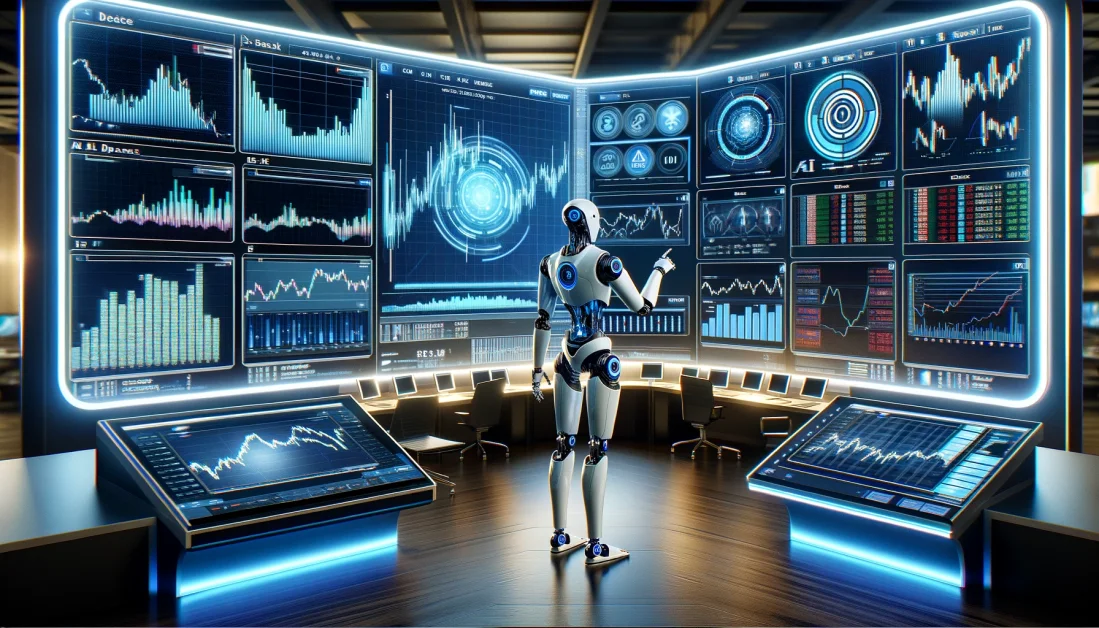AI-Powered Trading: From Backtesting to Real-Time Systems

The Evolution of AI-Powered Trading: From Backtesting to Production-Ready Systems
Reimagining Traditional Trading Paradigms
The transformation of trading strategy development through artificial intelligence represents a fundamental shift from traditional statistical approaches to dynamic, adaptive systems capable of processing vast amounts of market data in real-time. This evolution demands a sophisticated understanding of both financial markets and machine learning architectures.
Advanced Backtesting Frameworks
Modern AI-driven trading strategies require sophisticated backtesting frameworks that go beyond simple historical simulation. These systems incorporate:
- Market impact models that simulate how trading activity affects price dynamics, ensuring strategy evaluation under realistic conditions.
- Advanced transaction cost analysis frameworks account for various friction sources, from explicit costs like commissions to implicit costs like bid-ask spreads and market impact.
Ensemble Methods and Model Integration
Successful AI trading strategies often leverage ensemble methods, combining multiple models to improve robustness and performance. These approaches include:
- Stacking different machine learning algorithms
- Bagging techniques for improved stability
- Boosting methods for enhanced predictive power
- Model averaging with sophisticated weighting schemes
The integration of these models requires careful attention to correlation structures and potential overlapping signals.
Market Regime Detection and Adaptation
AI systems excel at identifying and adapting to different market regimes. Advanced clustering algorithms segment market conditions based on multiple factors, including volatility, correlation structures, and liquidity metrics. Strategy parameters automatically adjust based on detected regime changes, ensuring optimal performance across varying market conditions.
Signal Generation and Processing
Modern AI trading systems generate and process signals through multiple layers:
- Primary signal generation using deep learning models
- Secondary signal validation through traditional statistical methods
- Signal aggregation using sophisticated weighting schemes
- Temporal signal integration accounting for varying prediction horizons
Production System Architecture
Implementing AI trading strategies in production requires robust system architecture. Key components include:
- Real-time data processing pipelines
- Low-latency execution systems
- Risk monitoring frameworks
- Performance attribution systems
The architecture must handle complex interactions between these components while maintaining system stability and reliability.
Continuous Learning and Adaptation
Modern AI trading systems implement continuous learning frameworks that adapt to evolving market conditions. This involves:
- Online learning algorithms that update model parameters in real-time
- Drift detection systems that identify when models require retraining
- Adaptive feature selection based on changing market conditions
- Dynamic hyperparameter optimization
Conclusion
The development and implementation of AI-powered trading strategies represent a complex interplay between financial theory, machine learning, and systems engineering. Success requires careful attention to each component while maintaining a holistic view of the system's objectives and constraints. As technology continues to evolve, the possibilities for AI-driven trading strategies will expand, offering new opportunities for sophisticated market participants.

